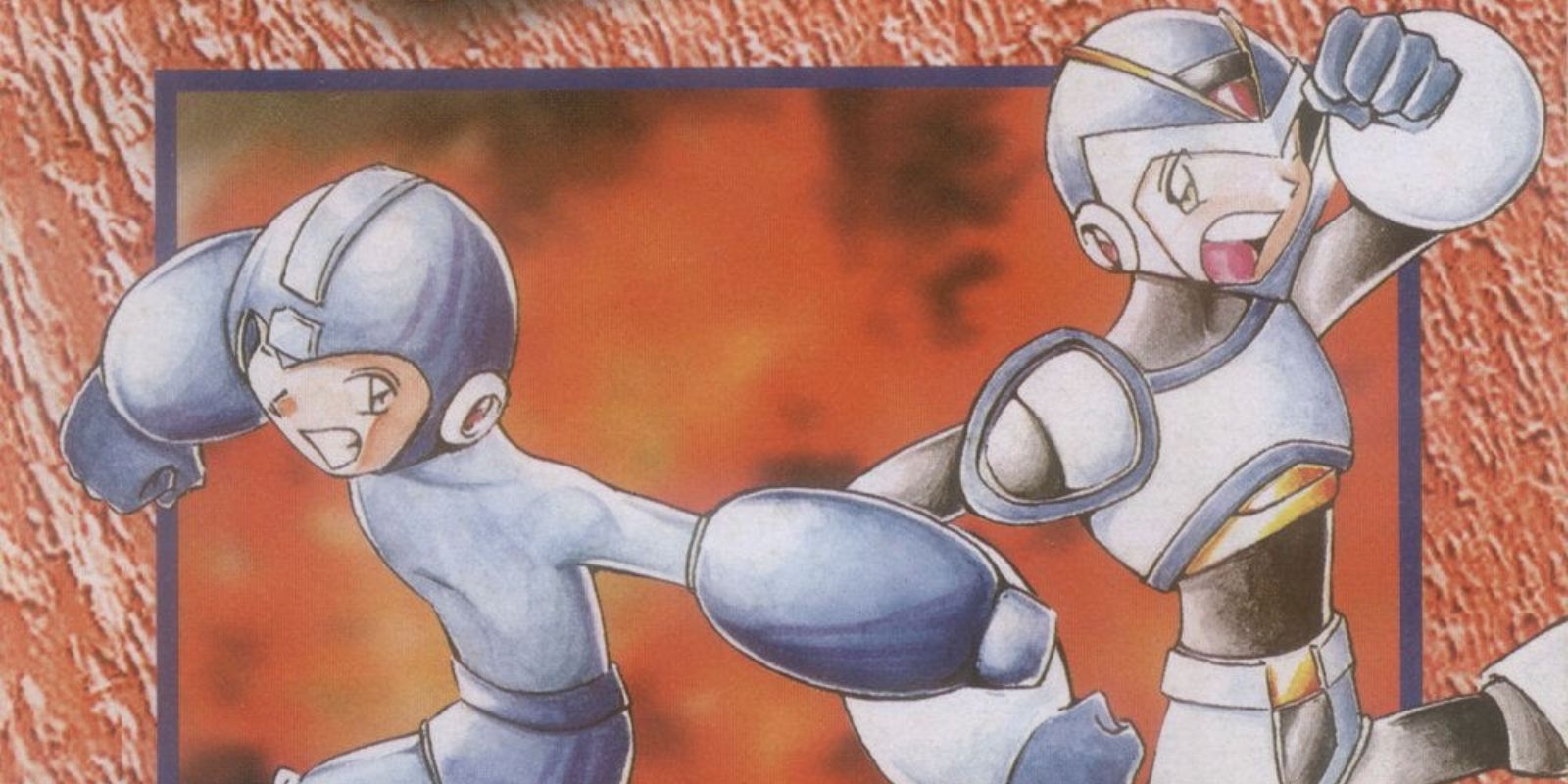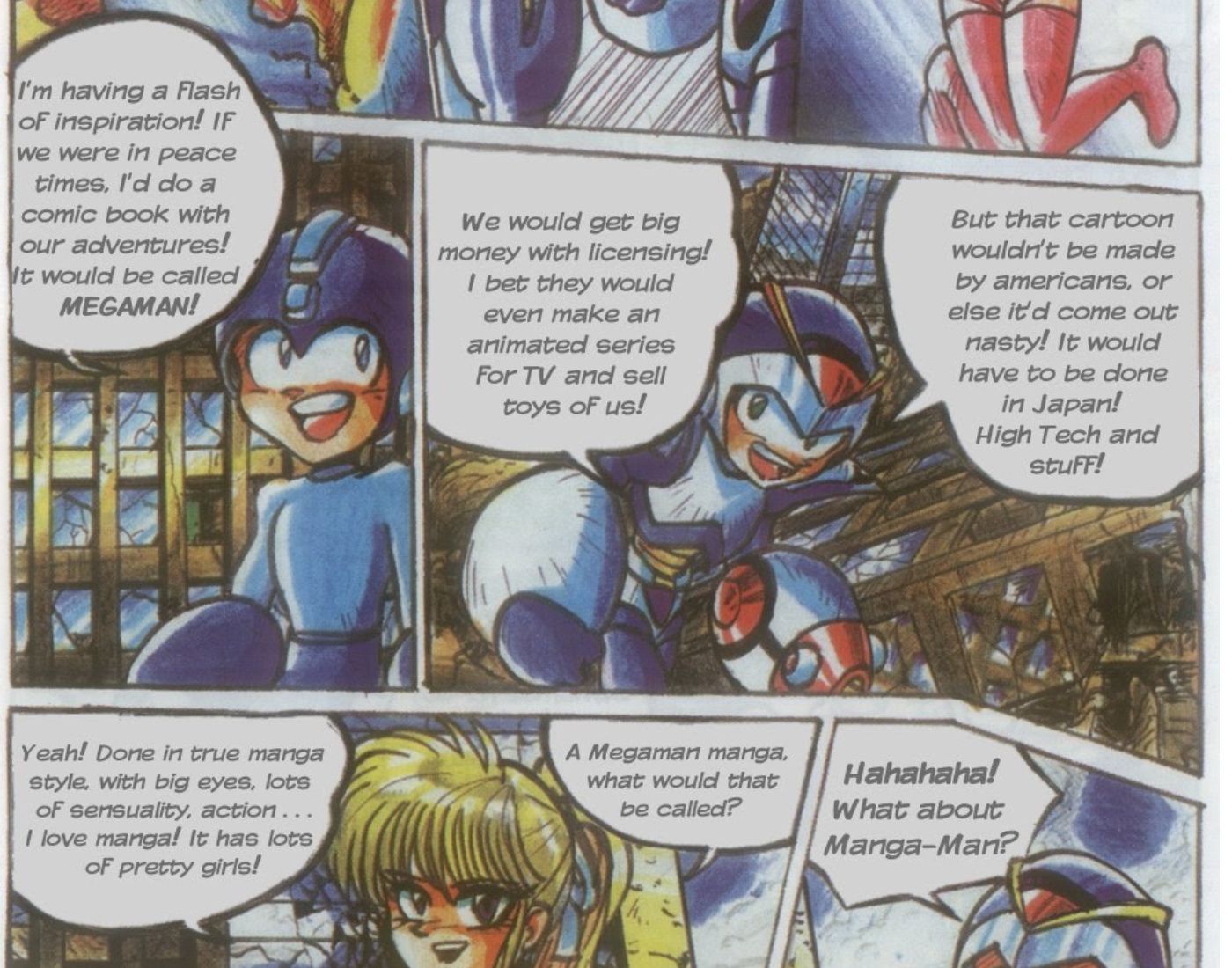[ad_1]
Launched on the NES in 1987, the Mega Man series is one of the most beloved gaming franchises with titles spanning countless platforms over the decades. Several spin-off series have expanded the franchise’s main story, giving it an endless amount of variety and longevity. Mega Man’s popularity has allowed him to expand into other media such as anime, novels, toys, and manga. But one particular expansion for the Blue Bomber was not at all what Capcom had envisioned, one that resulted in an experience that can only be described as sheer madness.
Licensing their original IPs to foreign companies was nothing new for Capcom in the late 1990s. With other series such as Street Fighter, Resident Evil and even Darkstalkers making their way into various bands comic books and cartoon adaptations, it was only a matter of time before Capcom handed over the keys to Mega Man to another company. Beginning in 1996, Brazilian comics entities Estudio PPA (Peixoto Produções Artísticas) and Editora Magnum (Magnum Press) published 16 issues of a Mega Man comic titled Megaman’s Novas Aventuras (New Adventures of Mega Man).
The series would tell various stories involving numerous characters from the Mega Man universe – including Mega Man himself, Roll, Bass, Dr. Wily, Mega Man X and many more. Over time, the series has become known for combining elements of action, comedy, and drama and has embraced a vast mishmash of themes, styles, and tones. The creative influence was drawn not only from the video games themselves, but also from the American cartoon Mega Man released in 1994. However, no one in the comic book publishing company had even played a Mega Man game. previously. In an interview with editor Sérgio Peixoto, it was revealed that neither he nor his partner José Roberto Pereira had any experience with Mega Man titles, only learning them from a friend.
This led to the entire comic book series being a rough interpretation of the original source material. Added to this is the fact that almost every issue was written and/or drawn by a different team, leaving almost no consistent continuity between issues. For example, the stories that were featured featured Mega Man and Roll thirty years after Dr. Light’s death and their fights against Dr. Wily and the Six. Mega Man X is revealed to be Mega Man’s brother; Roll has his body destroyed, but his electronic brain is put in a washing machine; the team faces Maludijan, the mayor of Sao Paulo; Dr. Wily is revealed to be an android. The twists happen at a mile a minute and the series barely gives itself time to breathe.
There are also very striking examples of complete tonal breaks. In the second issue, a character named Princesa is introduced, and she goes on a fourth-wall rant about how the world doesn’t think Brazil can make comics, and how tired she is of American corporations such that Marvel and DC monopolizing all the fame. . There are also times when the story deviates into harsh social commentary on what life is like in Brazil. While these moments are genuine and touching, they have absolutely nothing to do with Mega Man.
The greatest mystery surrounding Megaman’s Novas Aventuras That’s why Capcom let it continue for as long as it did. Capcom was no stranger to savage takes on their comic book work, like when Malibu Comics made an adaptation of Street Fighter in 1993. Capcom had stepped in and called that off, so why didn’t they step in with Megaman’s Novas Aventuras? Filled with nudity, violence, and rampant grossness with their original characters, it’s crazy to think that Capcom allowed Estudio PPA to work on the series. Although it’s far from the worst comic ever made, Megaman’s Novas Aventuras always testifies to all that can go wrong when too much freedom is given to an inexperienced team.
[ad_2]
Source link



